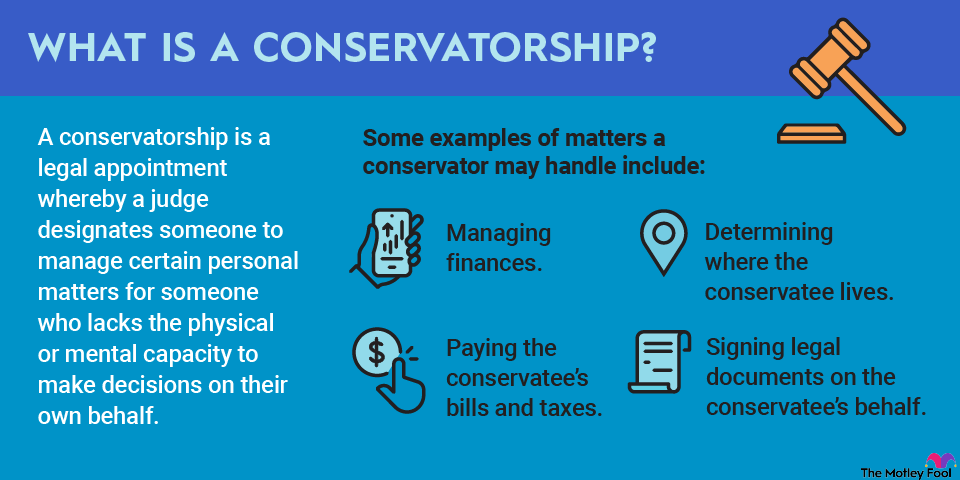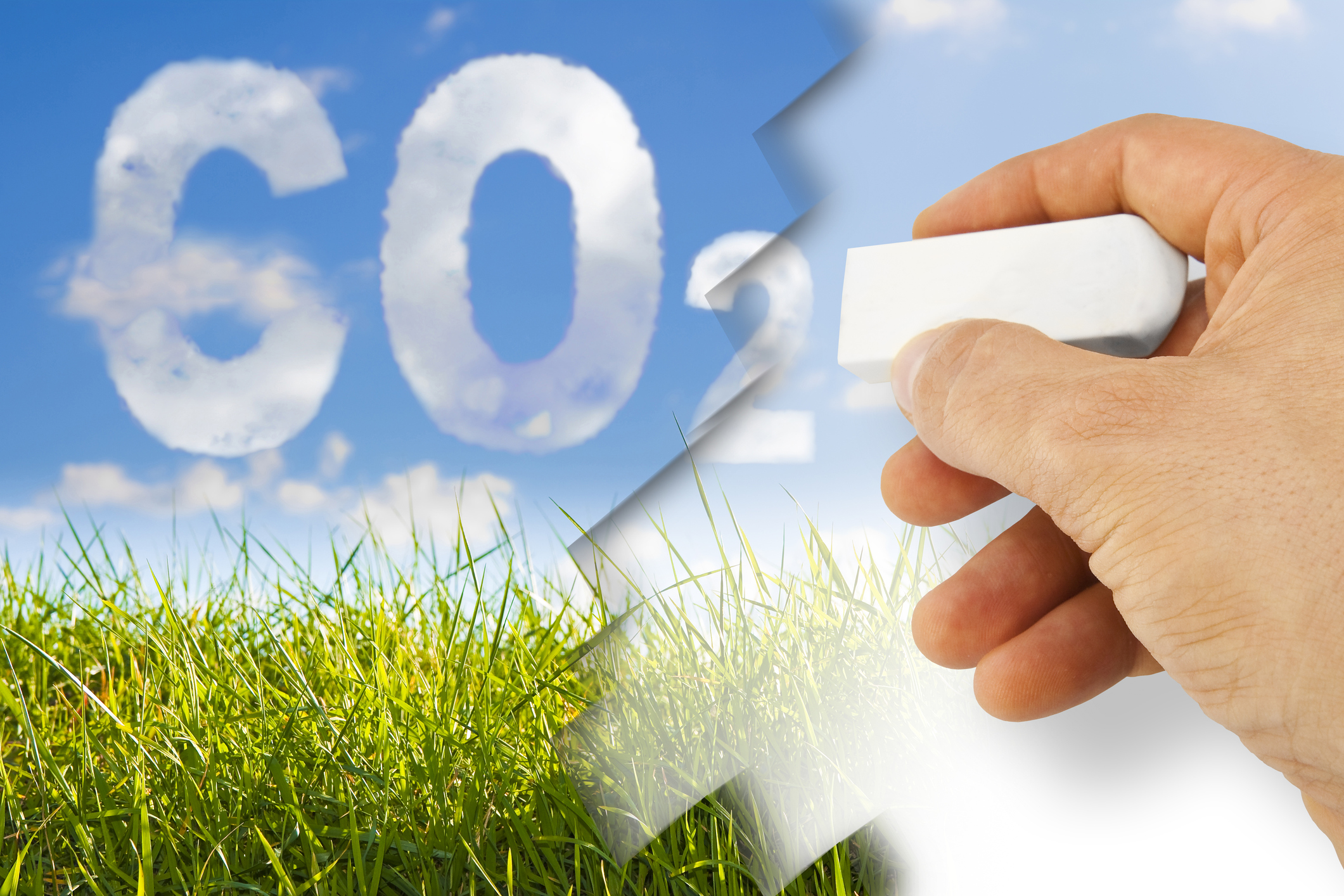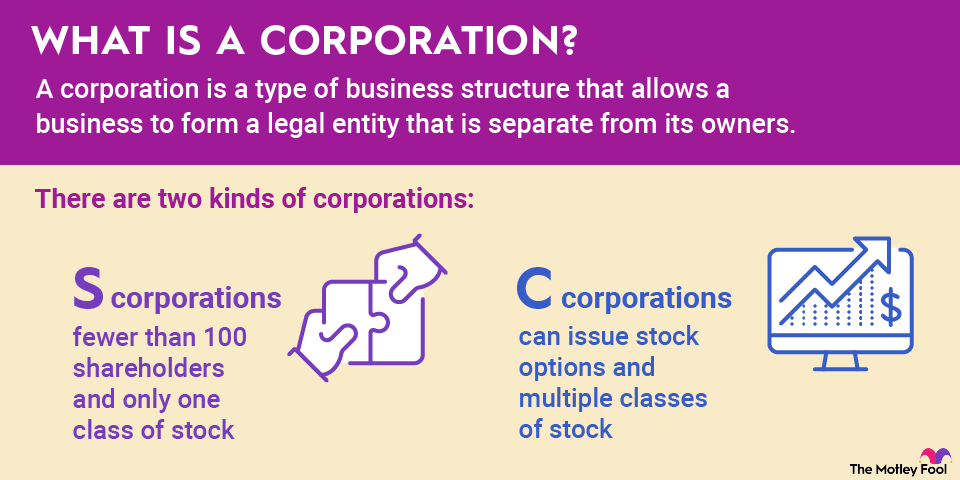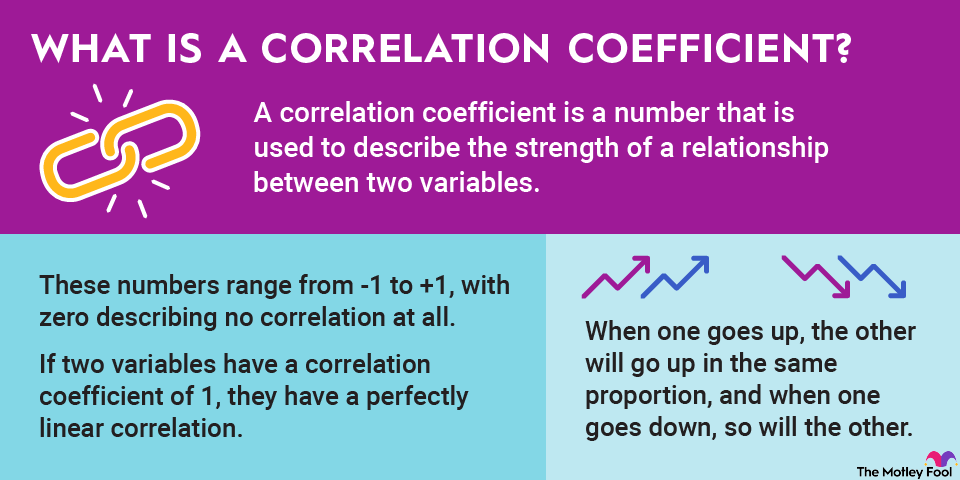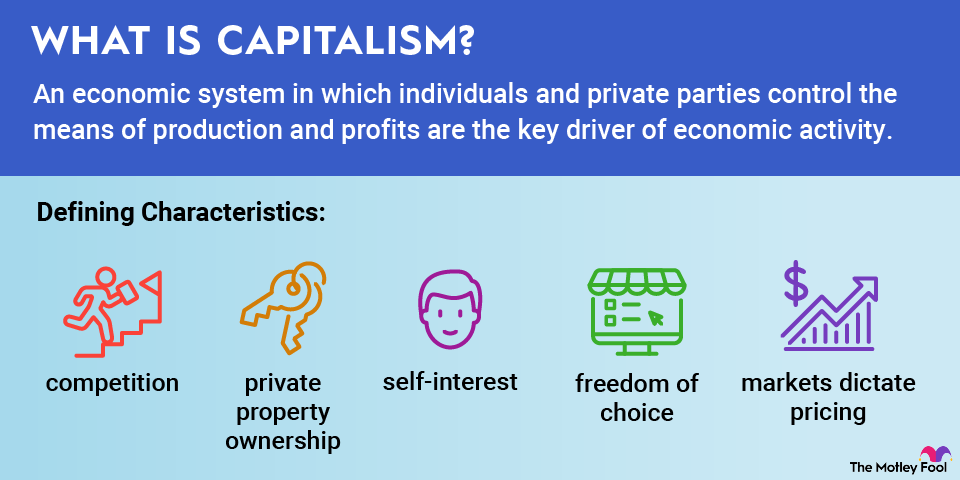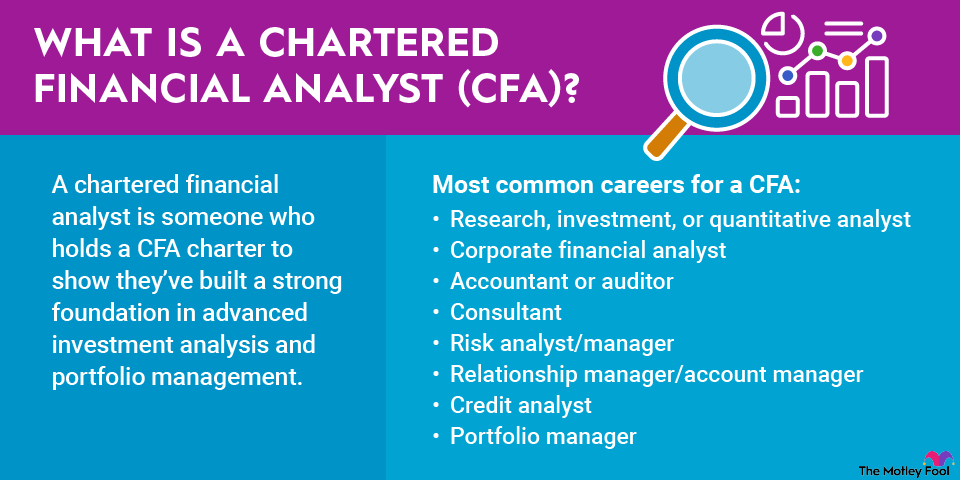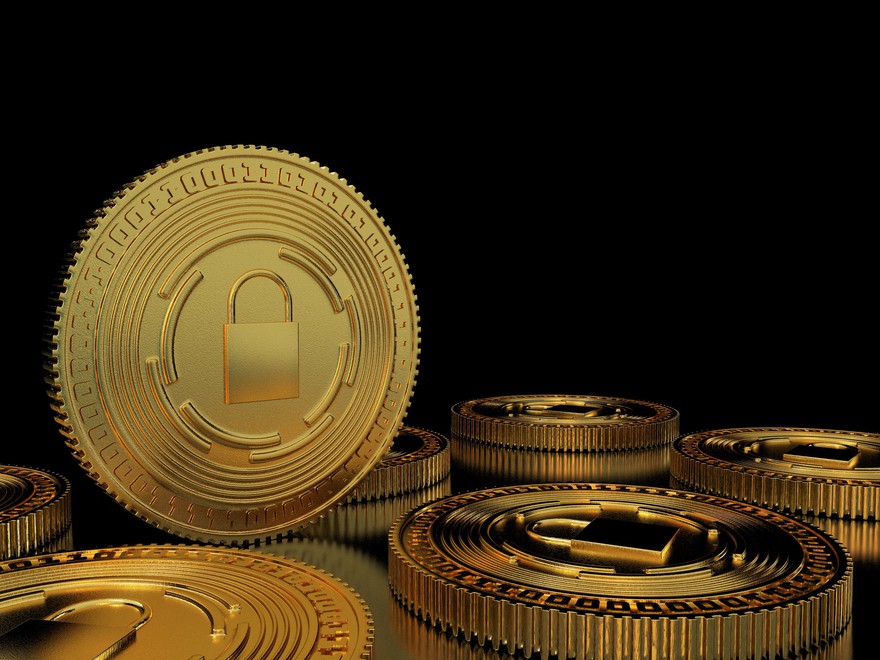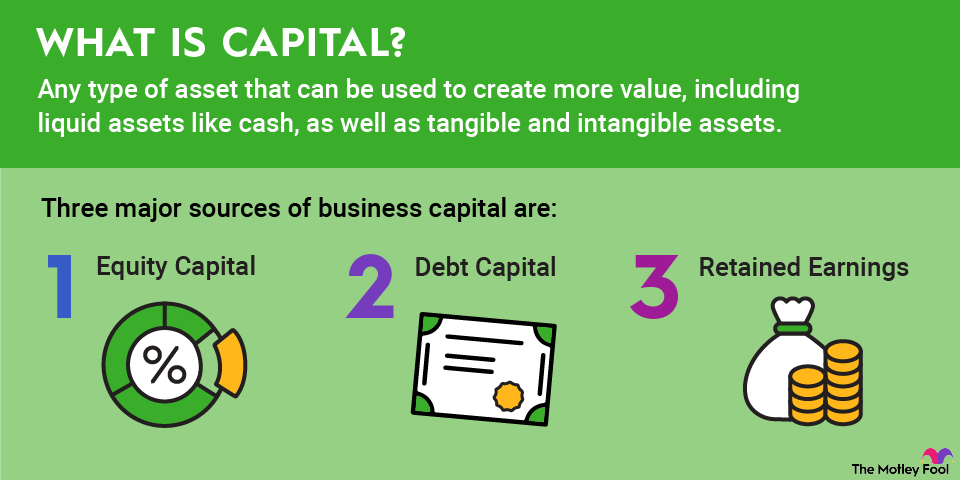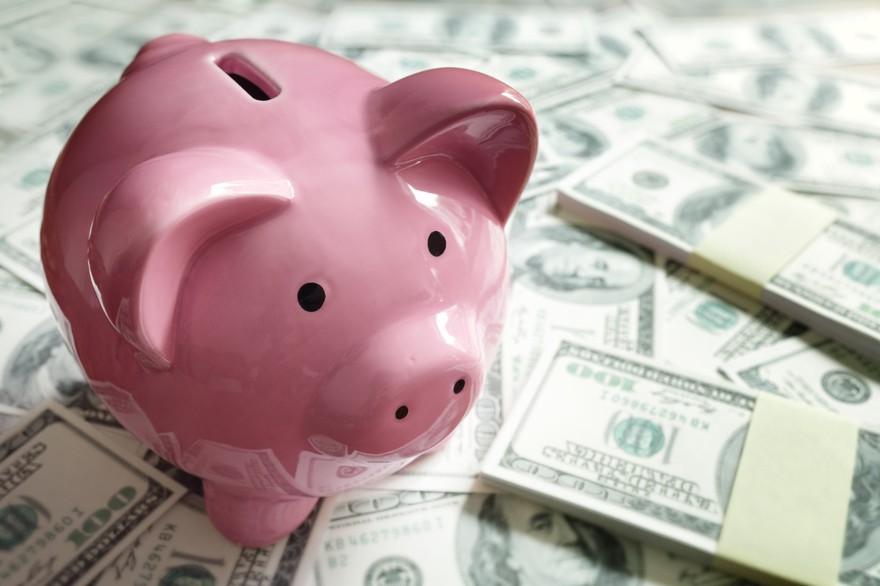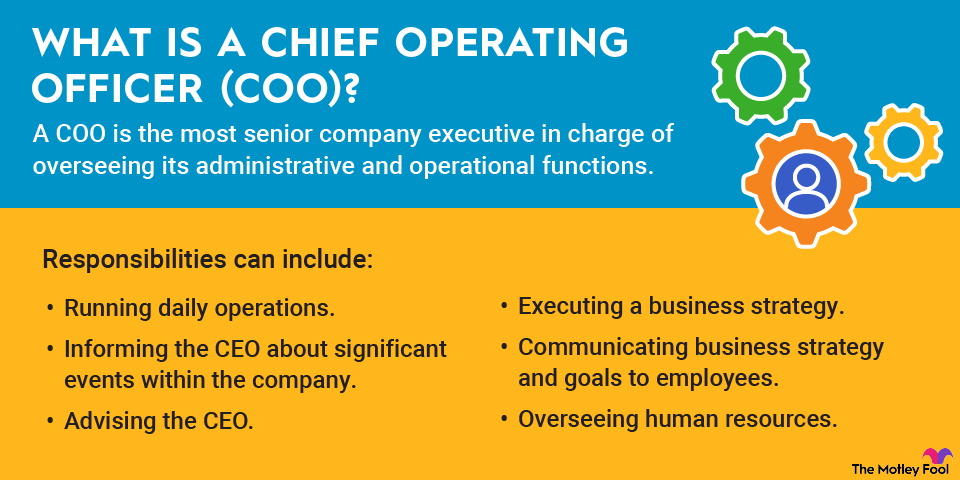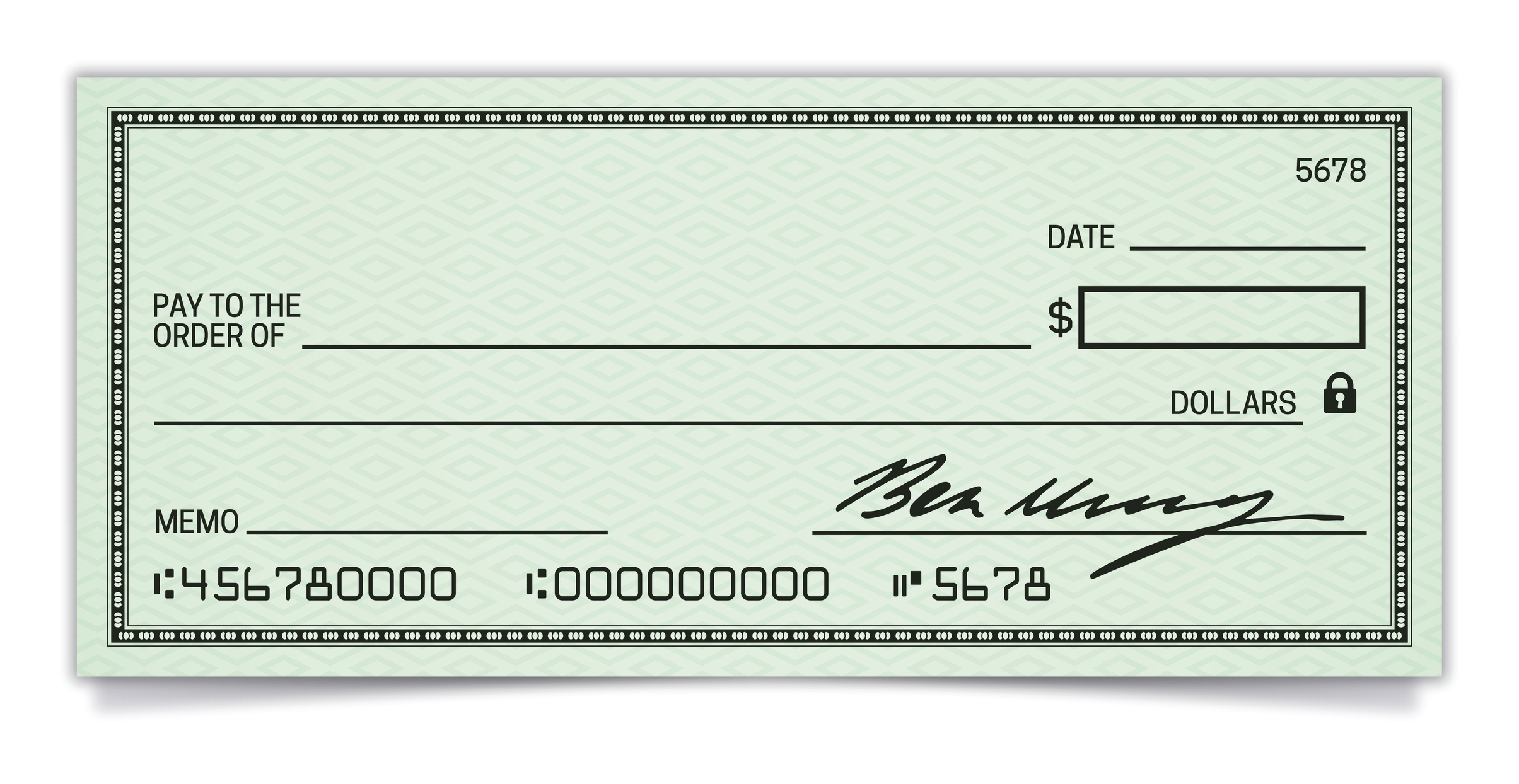Credit is an agreement where you get money or something of value immediately with the promise that you'll pay back the full amount you borrowed (usually, plus interest) in the future. Credit cards, loans, mortgages, and buy now, pay later (BNPL) are all types of credit. We'll explore how credit works, the various types of credit, and how credit is measured.

What is credit?
Credit is a contract between a lender and a borrower where the borrower gets money or something else before paying for it (like a house, car, or furniture) and agrees to pay back the entire amount, plus any applicable interest.
Credit can also refer to someone's ability to borrow money. For example, if someone has no credit, it means they lack a credit history (often because they've never borrowed money before) or they have a poor credit score (typically because they've borrowed money in the past but haven't paid it back as agreed). Borrowing money can be difficult in these situations. You may not get approved for credit, or you may pay high interest rates.
Meanwhile, if someone has good credit, that usually means they have a history of making on-time payments when they borrow money and haven't taken on more debt than they can afford to pay back. Good credit allows you to borrow higher amounts of money at lower interest rates.
Types of credit
There are several different types of credit you may encounter if you need to borrow money, make a large purchase, or obtain a service.
Secured vs. unsecured credit
Some credit is secured by collateral. Mortgages and car loans are examples of secured credit. If you don't make your payments, your lender can seize your home or vehicle to recoup its losses. Sometimes, people build credit by opening a secured credit card, where you put down a security deposit that becomes your line of credit. Home equity loans and home equity lines of credit (HELOCs) are both forms of secured credit, with your home serving as collateral.
Unsecured credit is borrowed money that isn't backed by collateral. Lenders base approval for this type of credit on factors like your income, credit history, and other factors that help them gauge your likelihood of repaying. Most personal loans and credit cards fall into this category.
Revolving credit vs. installment credit
Revolving credit is a line of credit that you open and charge up as needed. You'll have a credit limit, which is the maximum amount you can borrow, but you don't need to make charges up to the limit. Usually, the interest rates are variable, meaning they'll fluctuate based on market conditions. You can typically pay off the full balance each month, or you can opt to pay just a small percentage of the balance. Examples of revolving credit include credit cards and HELOCs.
Installment credit is a lump sum of money that you borrow and pay back in fixed monthly payments, typically at a fixed interest rate. Mortgages, car loans, personal loans, and BNPL are all types of installment credit.
How it's measured
Your credit history includes things like your payment history, along with open and closed accounts. There are three major credit bureaus -- Equifax, Experian, and TransUnion -- that create and sell credit reports that lenders use to determine whether you can borrow money.
Credit Score
Credit scores are calculated using the information compiled in your credit report. There are many different credit scoring models, but FICO scores are by far the most common. In fact, FICO says its scores are used in 90% of lending decisions. FICO weights the five factors in determining your score:
- Payment history (35%): Payment history is your track record of making on-time payments and whether you've had accounts sent to collections. It's the most important credit scoring factor.
- Amounts owed (30%): The amount you owe relative to your open credit is another credit. A common recommendation is to keep revolving credit balances below 30% of your limit if you want a good credit score.
- Age of credit (15%): FICO weighs the age of your oldest account, your newest account, and the average of all your accounts. As you build a longer credit history, you'll often see your score increase over time.
- Credit mix (10%): Having a mix of different types of credit, such as credit cards and installment loans, typically helps your score.
- New credit (10%): FICO's formula factors in new credit applications you've filed in the past 12 months. That's why you'll often see your credit score drop by a few points if you open a new credit card or take out a loan. But as long as you don't apply for multiple lines of credit too quickly, the impact will typically be minor and short-lived.
Related investing topics
Real-world example of credit
Suppose you want to buy a $30,000 car, but you don't have $30,000 sitting around in a bank account. So you decide to borrow money to finance the car.
You decide to make a 10% down payment, which works out to $3,000, while also paying taxes and title fees in cash. The total amount of your loan is $27,000. You're approved for a 6% interest rate and finance the vehicle over 60 months.
Your monthly payments are $509.32. They don't change from month to month because a car loan is a form of installment credit. If you don't make your payments, your lender will probably repossess your vehicle because a car loan is a type of secured credit. The vehicle you've financed is collateral for the loan.
But if you make all your payments as agreed, you'll own the car outright at the end of 60 months. In total, you will have paid $33,571.40 for the car, or:
- $27,000 in principal.
- $3,571.40 in interest.
- $3,000 for the down payment.
As you've made on-time payments, your lender has likely relayed that information to the credit bureaus, so your credit score may have increased as you made your loan payments.
